I wrote this article in Japanese and translated it into English using ChatGPT. I also used ChatGPT to create the English article title. I did my best to correct any translation mistakes, but please let me know if you find any errors. By the way, I did not use ChatGPT when writing the Japanese article. The entire article was written from scratch by me, Saikawa Goto.
Introduction
Movies and books covered in this article
Three takeaways from this article
- While bringing a camera inside Aum Shinrikyo, he was not filming of Aum Shinrikyo?
- What is the media conveying to whom?
- Only the “subjective truth” can be captured on camera.
Self-introduction article


Published Kindle books(Free on Kindle Unlimited)
“The genius Einstein: An easy-to-understand book about interesting science advances that is not too simple based on his life and discoveries: Theory of Relativity, Cosmology and Quantum Theory”
“Why is “lack of imagination” called “communication skills”?: Japanese-specific”negative” communication”
The quotes in the article were translated using ChatGPT from Japanese books, and are not direct quotes from the foreign language original books, even if they exist.
Understanding Our “Thoughtlessness” Through Aum Shinrikyo
What Kind of Work is “A”?
First, let me introduce the contents of this shocking work.

Mori Tatsuya’s “A” is originally a documentary film. This book “A” is a collection of records of the filming process.
In this documentary film, Mori Tatsuya is going to shock viewers because he filmed Aum Shinrikyo from the inside, right after the Tokyo Sarin Attack.
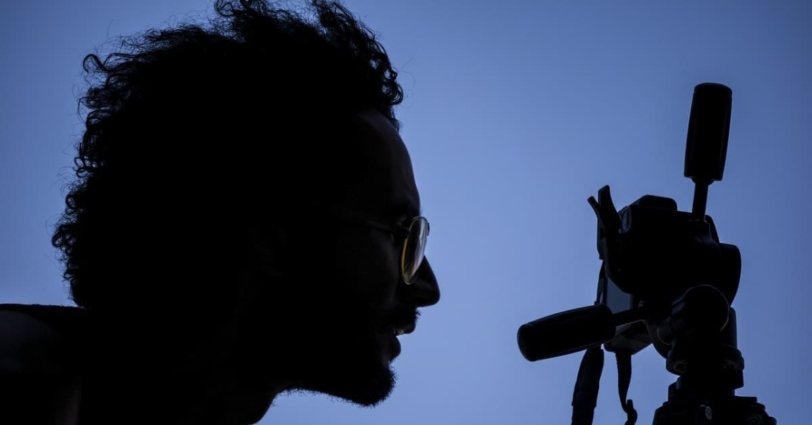
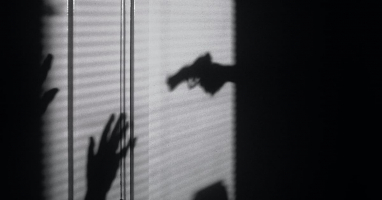
Mori Tatsuya approached Araki Hiroshi, who had become the spokesperson for Aum Shinrikyo after Joyu Fumihiro. He requested to put a camera inside the cult and make a documentary film. Mori Tatsuya imposed a very strict condition that “no mosaic will be used”. He wrote the reason as follows:
Mosaics have begun to have the meaning of a symbol of “people with negative elements” rather than the original function of “hiding the specificity of the target person or place.”
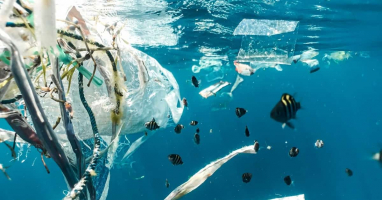
It was certainly a huge hurdle for the cult, but Mori Tatsuya managed to persuade Araki. The documentary film titled “A” began filming from inside Aum Shinrikyo, capturing the media frenzy and society’s reaction.
This book is a record of the filming process and Mori Tatsuya’s thoughts and feelings.
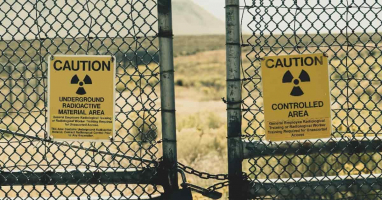
Mori Tatsuya’s Perspective Different from Other Media
On the first day of shooting, Araki Hiroshi said the following:
However, Mori-san is the first person who has requested a documentary.

Certainly, now that Mori Tatsuya has successfully filmed from inside the cult, it may seem strange that Mori Tatsuya was the only one to make such a request to Aum Shinrikyo. But still, it is normal to think that anyone would feel like “there is no way that could happen”.
After all, at the time, it was just after the Tokyo Sarin Attack, and the coverage of Aum Shinrikyo was only getting more intense. Even as a child, I remember the news footage from back then. A huge number of cameras chased after believers and executives, filming their training and factories, and reporting on their abnormality.

The basic logic of the media would seem to be “as long as we can get material that we can use in our reporting.” The media has an agenda: “We want to release this kind of information.” Then they go out and shoot material that is convenient for reporting that information. Basically, this is how news will be made.
The Aum Shinrikyo group, which caused the Tokyo Sarin Attack, was an extremely dangerous organization. So, whatever it was, just collect the material that could convey that bizarreness. This was probably what the media was tasked with at the time.
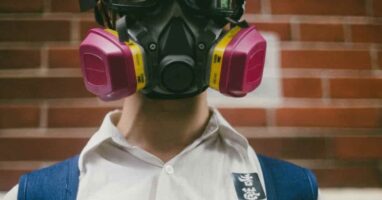
From Mori Tatsuya’s perspective, things were completely different.
At the time he started filming “A,” Mori Tatsuya was just a director working for a television production company. Initially, his goal was to bring a camera inside the cult with the ultimate aim of broadcasting it on television. However, the television production company he worked declined to cooperate with him. So, without anywhere to release the footage, he decided to continue filming all by himself.
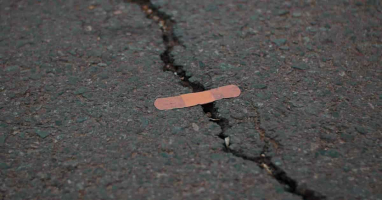
At first, he didn’t even know what he was trying to film. Of course, he aimed his camera at the believers and their communal life. However, gradually he began to realize that he wasn’t filming “Aum Shinrikyo” itself.
I’ve been thinking all along. It’s not about Aum, the subject of my filming. It’s about myself. I started filming with the proposition “what is Aum?”, but before I knew it, I kept asking myself “who are you?”, “what are you doing here?”, and “why are you here?”
By observing “the society” from “inside Aum Shinrikyo,” he discovered a “society that had stopped thinking.”

A Society that has Stopped Thinking
One of the motivations behind Mori Tatsuya starting to film “A” was his curiosity about why believers do not leave Aum Shinrikyo.
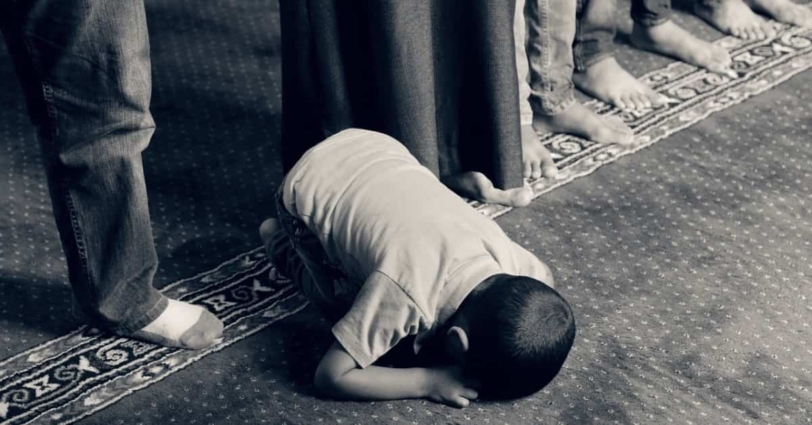

However, we must understand why the believers who were left behind and those who were arrested still cling to Aum. There must be a reason for it. This thought was one of the motivations that inspired me to make this documentary. And now, although vague, the reason is starting to become clear. The mechanism for why they continue to stay with Aum is not within Aum, but outside of it, in our society.
It’s not limited to Aum Shinrikyo, but even after a large incident involving an organization, there are still people who stay with that organization. There would be certainly complex factors involved. If they leave the organization, they may feel that their past self who believed in the organization was “wrong”. Fear of this may also be a reason.

Mori Tatsuya gained insight into why believers remained in the cult by seeing the society from within Aum Shinrikyo after the Tokyo Sarin Attack. The reason was “Japanese mindset paralysis.”
A society that has lost self-awareness becomes relentlessly cruel, just as children can kill insects and small animals innocently. Lack of self-awareness allows them to hide the facts, and report fictions, which they have created, under the assumption that they are fair and neutral. Lack of self-awareness allows them to repeat unjust arrests. Lack of self-awareness allows them to believe so strongly in the huge communal fantasy of social justice.

In short, Mori Tatsuya claims that a society that has collectively shut down its thinking can become relentlessly cruel without even realizing it and so it’s very dangerous. And because the society outside of Aum Shinrikyo is such a dangerous zone, believers are forced to stay.
This pointing out is indeed very important.

From a little while ago, the term “報道被害 (Damage from Media)” is being used more often in Japan, and there is a growing awareness of restraining interviews with the families of perpetrators and victims. However, a decade ago, it was completely different. I have felt that cameras would barge in without any regard for the convenience of the other party, whether they were the family of the perpetrator or the victim, and put the words “freedom of the press” front and center to do whatever they pleased.
Furthermore, although it would have become worse in modern times, there has always been slander towards the families of perpetrators and victims. People find a target that they can criticize without being condemned themselves, and in a situation where they can speak ill of others as if they were enforcing justice themselves, things would have worsened since the advent of the internet society.
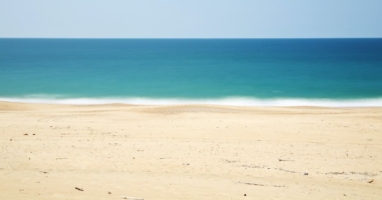
By filming “A”, Mori Tatsuya was able to view the society from “inside Aum Shinrikyo” and capture the “state of thoughtlessness where they were unaware of being trapped in the blind faith that they are right”.
This is exactly the great discovery that was made possible by bringing a camera into Aum Shinrikyo’s internal world.

Can We Report the Truth?
Mori Tatsuya’s Discomfort With the Media
From within Aum Shinrikyo, Mori Tatsuya captures the large gathering of the media aiming for Aum Shinrikyo, which made him often express discomfort with the way the media operates.
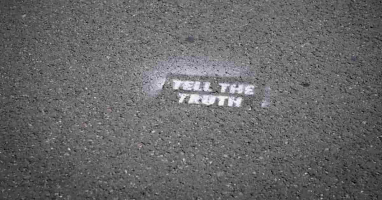
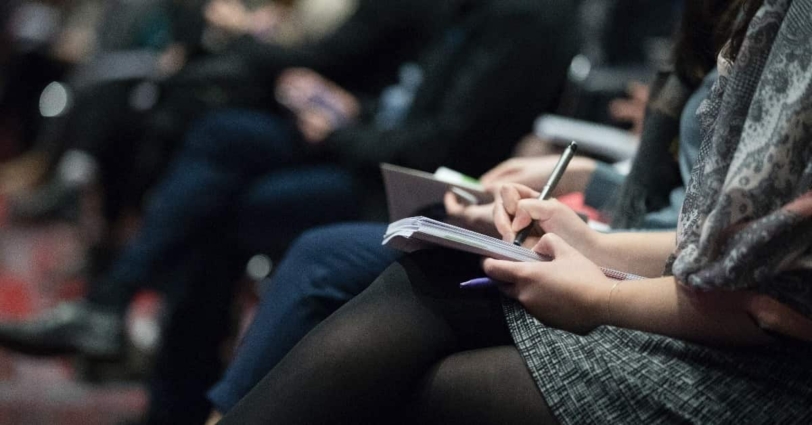
For example, there was a scene where a certain media person criticized Araki Hiroshi using the phrase “freedom of the press.”
The claim “freedom of the press” should be a phrase that is supposed to counterbalance power or pressure that obstructs reporting. At the very least, it must not be a phrase directed at an individual who refuses to be filmed and says “I will decline the coverage until I receive an official response”.
I see, I feel this is a very reasonable opinion. Certainly, the phrase “freedom of the press” should be originally used against the “strong.” Against an entity that has even stronger force than the press, it is a necessary right for the press in order to reveal the truth and not give in.
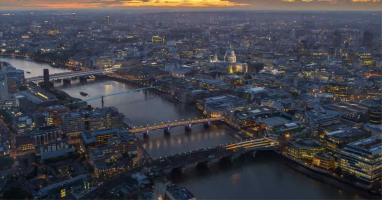
However, this media person is directing those words towards the “socially vulnerable.” In other words, it could be said that it’s a somewhat threatening use of the phrase “we in the media are in a stronger position than you.” Mori Tatsuya feels uneasy about this.
Also, there are scenes where he feels this kind of sense.
The moment the camera started rolling, she realized the lack of a common language between them and herself, and she chose not to compensate for that gap with the media’s usual phrases. She did not choose the usual technique of forcibly dragging out the believer’s words by throwing out ambiguous words and then spinning them as her originally intended through editing. In that sense, I want to praise her sincerity.

It means that some people in the media have a proper sense of things. However, it it can be said that using the word “sincerity” in this context shows Mori Tatsuya’s low expectations. If you feel “sincerity” in someone who simply did not do what anyone with “the will to report the truth” would not have done, that would be an indication that you expected very little from the beginning.
It means that “A” unexpectedly confronts the question, “What is the media doing?” and “What should the media be doing?”

However, Mori Tatsuya does not consider his own argument as a criticism of the media itself. He sees it as a bigger, more structural problem.
If there are points to be blamed for the current media, it is that they have become completely insensitive and unconscious of the fact that each reporter is immersed in the work of deleting or distorting facts too easily, taking into account both the speculation of the profit-seeking organization embodied by audience ratings and circulation numbers, and the ambiguous and superficial public nature of being a public entity of society.
With this kind of media situation in mind, Mori Tatsuya raises the question, “Can we really cut out the truth?”
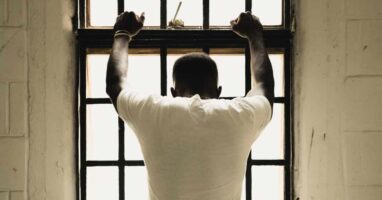
Fact and Reporting Naturally Diverge
It is inevitable for facts and reporting to diverge. Even with this today’s shooting, if it becomes a work, there would probably be many who feel that it differs from the facts. Expression is fundamentally like that. Since there is no absolute objectivity, just as each person’s thinking and sensitivity are different, so are the facts. There are as many facts as there are people present. However, at the very least, as a person who relies on expression, I want to be sincere to the facts I perceive. The moment when facts are elevated to the truth is probably such a moment.

Mori Tatsuya feels this way through filming “A”. He also expresses it more concisely as follows:
The job of a documentary filmmaker is not to cut objective facts from events, but to extract subjective truth from them.
Mori Tatsuya faces documentaries with a strong awareness of this.

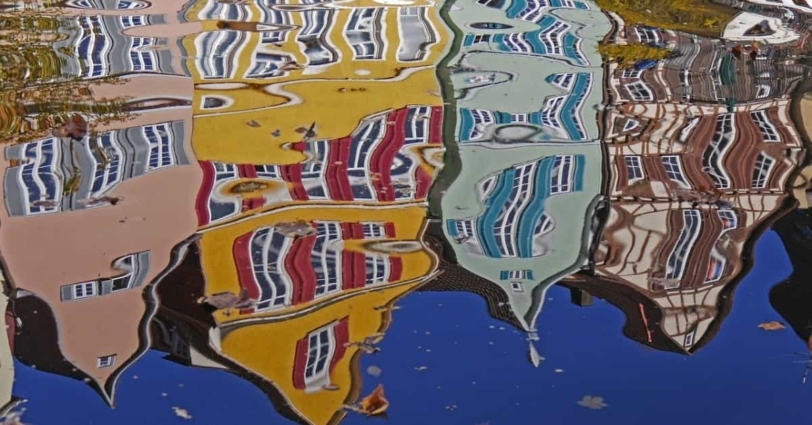
Just because you capture something with a camera doesn’t mean it’s a fact. Because the way people perceive facts varies from person to person. There are no “objective facts.” We can only capture “subjective truth” by standing in that particular place.
The fact that “the camera exists” is already not necessarily a given. The camera’s presence can interfere and distort the truth. In the midst of that, how can we best grasp the truth? Mori Tatsuya is aware of this.

And it is through focusing his camera on Aum Shinrikyo that Mori Tatsuya thinks about the balance between “objective facts” and “subjective truth” and comes to feel this way:
We had the premise that most things in the world were “what we can understand”. And this belief has kept our everyday life running smoothly. We were able to lead peaceful lives based on our vague understanding. Aum tore away and confronted with this assumption and our daily lives that were built on ambiguity.

We often live without distinguishing between “objective facts” and “subjective truth.” At the individual level, this usually wouldn’t cause any problems. I think that Mori Tatsuya refers to this behavior of not distinguishing between them as “vaguely ‘understand.’”
However, Aum Shinrikyo clearly demonstrated that there are things that cannot be grasped by “vaguely ‘understand.’” And it means that our everyday lives, which were based on this vagueness, are being eroded. This is how Mori Tatsuya perceives reality.

Creating something completely fair and impartial is impossible.
I can say with absolute certainty. Documentaries are the result of subjective choices. There’s no such thing as a completely objective and impartial depiction of facts.
Mori Tatsuya continues to point his camera at Aum Shinrikyo, even as he struggles with such conflicts.

Even Mori Tatsuya’s Own Conflicts are Included in the “Truth”
For Mori Tatsuya, a documentary is a “subjective truth.” That’s why he captures his struggles and worries during filming as part of the documentary.
To confront Aum Shinrikyo is to face to “outside the common sense.” In the process, Mori Tatsuya has come to realize that the correctness of “common sense” is ultimately based on “vaguely ‘understand'” and “stop thinking.”

When “social common sense” and “common sense of Aum Shinrikyo” confront, there is no basis for believing that “social common sense” is more correct. However, simply thinking that “Aum Shinrikyo is wrong” does not lead to the idea of doubting one’s own correctness.

Through filming inside Aum Shinrikyo, Mori Tatsuya is constantly aware of the intersection of “his common sense” and “common sense of Aum Shinrikyo.” Furthermore in the process, he questions the correctness of “his common sense.”
In this work, the process is cut out as “subjective truth.” I like this approach.
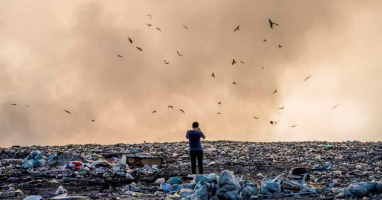
I feel that in filming documentaries, the position of being a mere observer is often sought after, but ultimately I even feel it’s just a “declaration of not intruding into the other’s territory.”
After all, it’s impossible to objectively capture the facts. So, wouldn’t it be closer to reality to incorporate the discomfort when stepping into the territory of someone with different values? It would reveal a deeper reality.

Through this process, Mori Tatsuya confronts Aum Shinrikyo and reexamines himself, leading him to perceive society from a new perspective. By understanding this process, I believe we can also become aware of the frameworks that constrain ourselves.
Conclusion
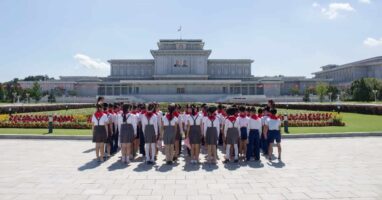
As I grew up, I started reading a lot of non-fiction books, but this one left a strong impression on me. It makes me pause and think about whether I’m looking at things from just one perspective and if I’m remembering that the other side also has their own facts. It’s a work that prompts us to take a step back and reflect.

Published Kindle books(Free on Kindle Unlimited)
“The genius Einstein: An easy-to-understand book about interesting science advances that is not too simple based on his life and discoveries: Theory of Relativity, Cosmology and Quantum Theory”
“Why is “lack of imagination” called “communication skills”?: Japanese-specific”negative” communication”








コメント